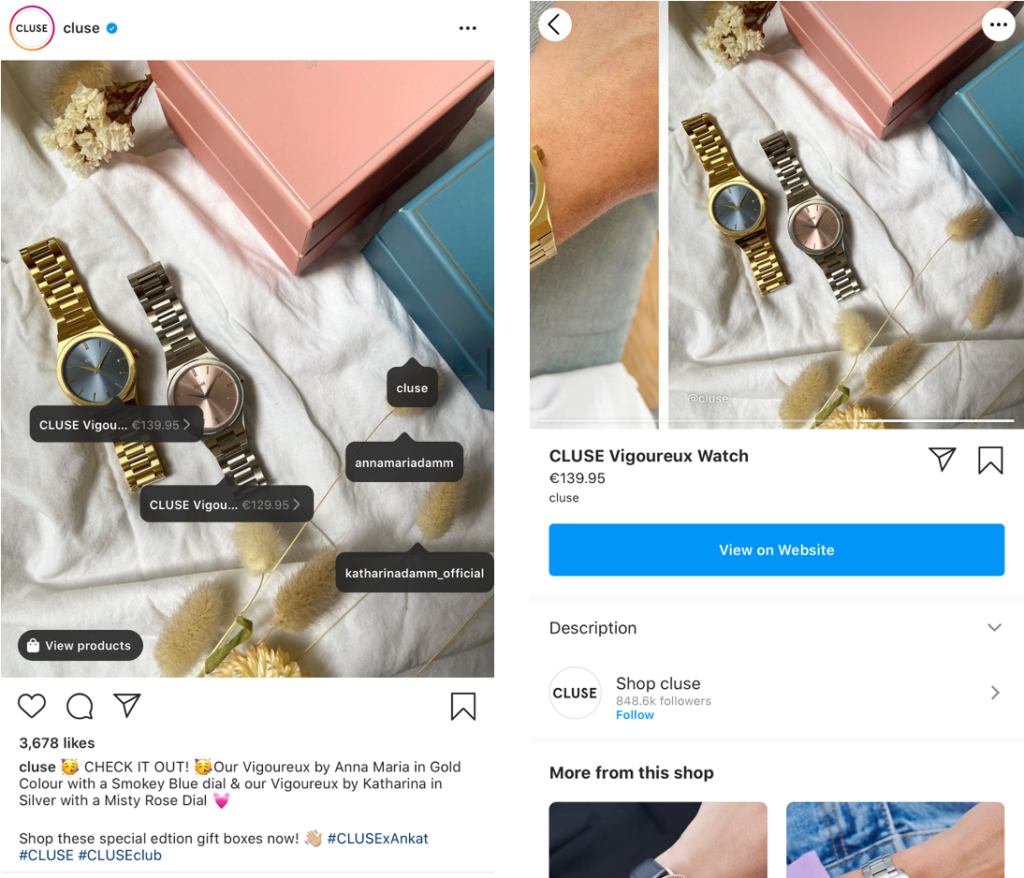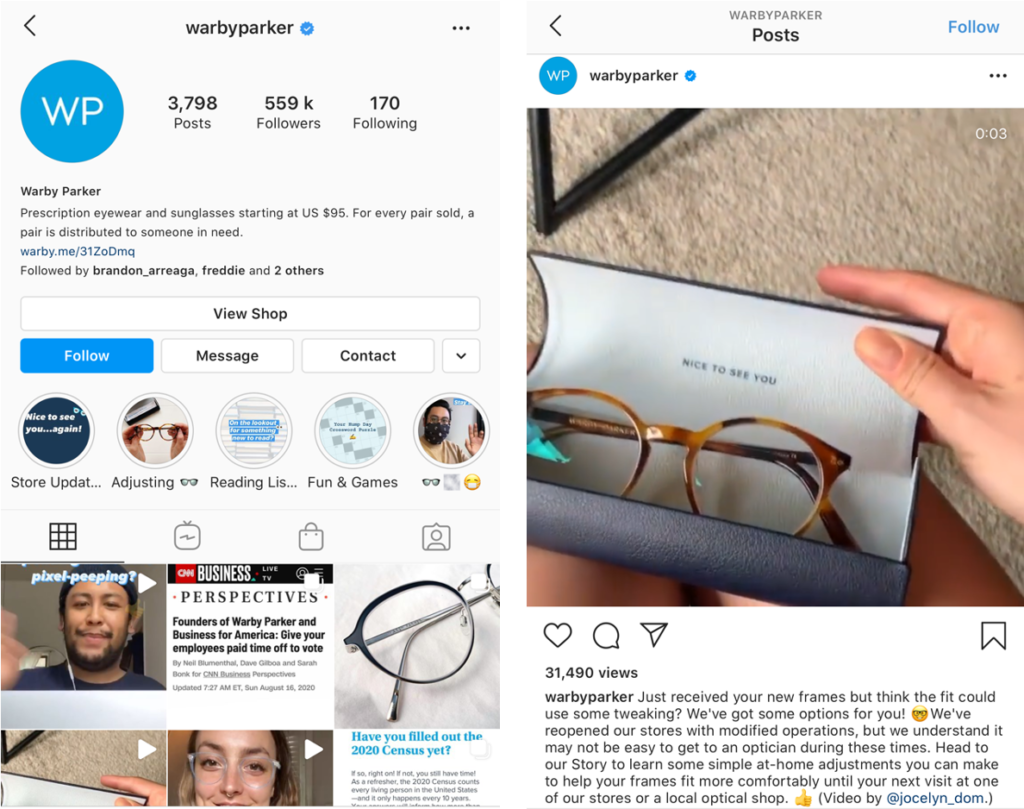If COVID-19 and the past Circuit Breaker was any indication, 2020 has been hailed the year of social commerce with 79% of smartphone users having made a purchase online using their mobile device in the first half of 2020. Whether it be social networks like Instagram or Facebook, e-commerce has found its way onto all our favourite platforms leading to the rise of social commerce.
Many brands already have e-commerce platforms, which means that they often already understand the importance of using social media for product awareness, audience engagement and customer service. What most brands are trying to figure out now is how to adapt the entire consumer journey, from product discovery to purchase through social media. But what exactly is social commerce and does your brand really need it?
What Is Social Commerce?
Social commerce is simply the term for the buying and selling of products and services using social media. Through the daily use of social media in our lives, whether you were aware of it or not, you have most probably come across or maybe even interacted with some form of social commerce.
Some examples of social commerce are:
- Electronic payments via social networks
- Facebook Marketplace to list and purchase products in local areas
- Shoppable posts on Instagram brand pages
- Linking products directly to your shopping cart or checkout
Not only does social commerce allow your brand to redirect your audience to your online shop with shoppable posts, platforms now allow you to directly sell products, make purchases and checkout in-app.
These are some of the most prominent platforms leading the social commerce wave:

Similar to the company’s existing advertising tools, Facebook Shops is aimed at businesses of all sizes, providing them with simple tools to start selling through the platform. The goal of Facebook Shops is to create a seamless shopping experience and empower businesses to use the platform to connect with customers.
Through Facebook Shops, brands can:
- Upload products and product information
- Curate and customize your shop’s product catalog
- Sell directly from your Page
- Manage orders
- Run a Facebook ad to promote one of your products
- Get insights
Now that Instagram is owned by Facebook, once you set up a Facebook shop, Instagram social commerce takes just a few more steps. Using a business profile, all you need to do is connect it to your Facebook account.
With Instagram, the overall process is also similar. Users can simply visit a shop, also known as an Instagram Storefront, from a brand’s Instagram profile, sponsored content, feed and Stories. Once at the shop, people can browse products, explore collections and purchase products by either being redirected to the brand’s site through the in-app browser or without leaving the app by checking out. Allowing brands to organise products by collections also customises the shopping experience and curate their products into themes that can convey their brand story.
Why Your Brand Needs It
1. Form Deep Connections With Consumers
Due to the nature of the platform and the consumer journey that comes with it, brands can interact with their audience during every step of the buying process. This can include increasing brand awareness to promoting your products through paid ads to collecting payment via social apps when consumers make a purchase. With social commerce, targeting your audience and showing them content that they want to see is easier. This can form an even stronger connection with your audience by showing them that you can cater to their specific needs and address their pain points!
2. Take Advantage Of Buying/Selling Features
While social media constantly evolves to incorporate new features and create a smooth experience, this has extended to the realm of social commerce too! Due to the nature of social media, audiences can learn about, purchase and pay for goods and services all through the same platform. This reduces the cognitive load for users and streamlines everything to a single app. Depending on the platform, brands can also leverage on native chat features and specific shopping capabilities.
3. Create A Personalised Shopping Experience
Through machine learning and fast-advancing retargeting efforts, brands can now engage their audiences with personalised and relevant product recommendations based on consumers’ previous interactions. Brands can also keep track of purchases made by consumers through other channels and avoid using those products in their retargeting ads. In addition, brands can customise the types of products promoted on social media to suit audience demographics, interests and more.
What Does Effective Social Commerce Look Like?
The social feeds of brand pages should ideally give audiences a glimpse of your brand’s offerings. Opting to not go for a hard-sell approach, CLUSE’s Instagram storefront is a curated feed of high-quality visuals featuring their products in a casual setting. Only when clicking on the image, one then sees the tagged product which can be clicked on to be purchased. Paying attention to consumer’s distaste for traditional ads, CLUSE relies on the interface and set-up of Instagram’s Storefronts to market to their intended audience while not seeming intrusive.

Another brand making waves in the social commerce space is Warby Parker.
With large followings across its social media platforms, the eyewear company leverages on a wide variety of social commerce content types to engage their audience and constantly keep their feed interesting. One of the main content types they heavily rely on is user-generated content or UGCs.
The role of UGCs in social commerce cannot be understated. With a growing distaste for ads and a cry for authenticity from audiences, content that does not beg audiences to buy is growing increasingly popular.
The inherent value of social commerce is the fact that e-commerce can happen on the same platform where consumers and brands are already having social interactions. One of these interactions is when consumers show their brand love by posting UGCs featuring the brand. While previously, brands have been able to interact with UGCs by liking, commenting and reposting, they can now leverage on these UGCs to market their offerings back to the same audience.
As reported by Impact, millennials spend 5.4 hours a day with content created by their peers. Not only do UGCs allow consumers to see how products look like in the real world, this content format also acts as a strong form of social proof.

From reposting UGCs from consumers, to using UGCs for their unboxing videos and product features, Warby Parker has created something of a partnership with its audience when putting out content.
Heading over to Warby Parker’s Instagram, you’ll not only find a mix of photos, videos, and drawings, but also content and Tweets screenshotted from when the brand is mentioned or tagged on Twitter as well as other social channels outside of Instagram.
Embracing Social’s New Normal

With the age of social commerce upon us, it’s important to consider an omnichannel approach to drive sales. While consumers may learn of a new product or service through social media, they may make their purchase elsewhere. As social media continues to evolve, so will the number and range of platforms in which people will be connected through.
It’s important to remember that the advent of social commerce doesn’t mean neglecting your other consumer touchpoints, such as your physical store or website. Instead, brands need to find innovative ways to integrate their owned media, physical and online stores with the reach, engagement and easy purchase process afforded by social media.
— —
Hero image: Morning Brew, Unsplash
